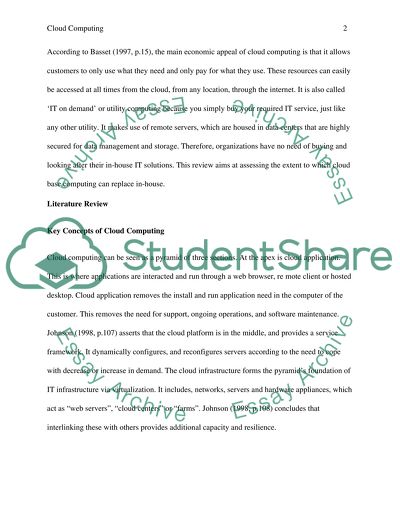Cite this document
(“In and out of cloud computing Literature review”, n.d.)
Retrieved from https://studentshare.org/gender-sexual-studies/1420756-in-and-out-of-cloud-computing
Retrieved from https://studentshare.org/gender-sexual-studies/1420756-in-and-out-of-cloud-computing
(In and Out of Cloud Computing Literature Review)
https://studentshare.org/gender-sexual-studies/1420756-in-and-out-of-cloud-computing.
https://studentshare.org/gender-sexual-studies/1420756-in-and-out-of-cloud-computing.
“In and Out of Cloud Computing Literature Review”, n.d. https://studentshare.org/gender-sexual-studies/1420756-in-and-out-of-cloud-computing.


